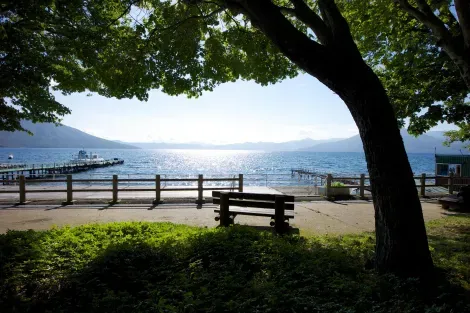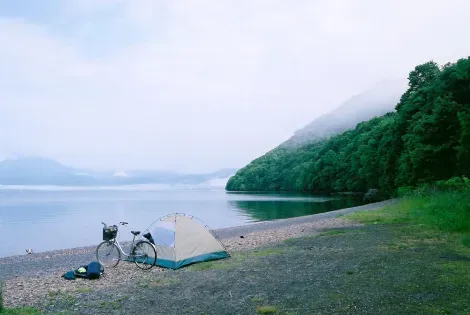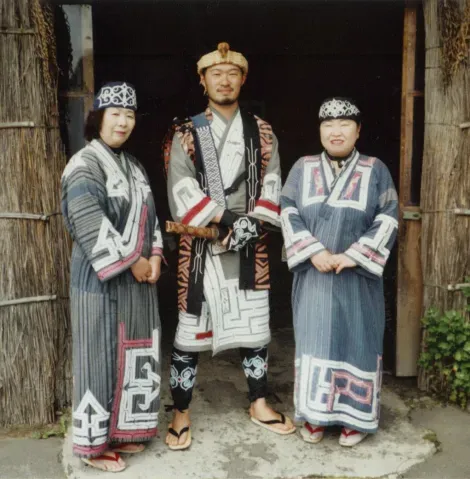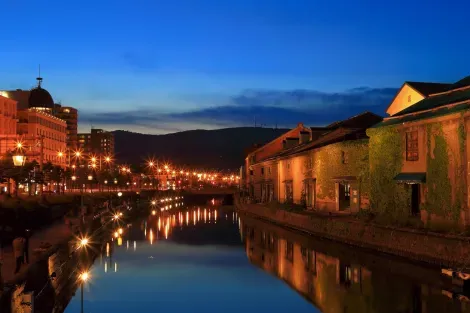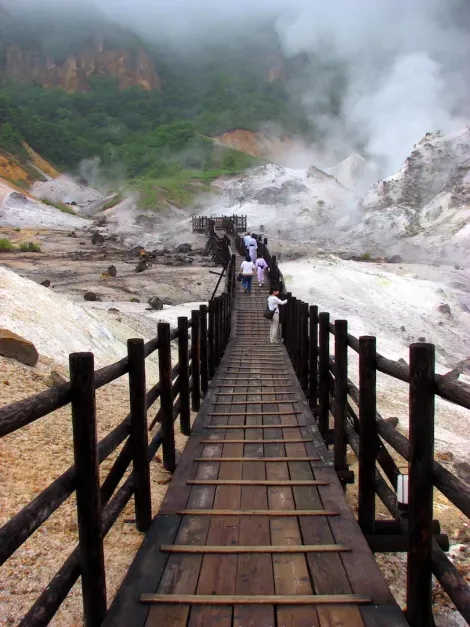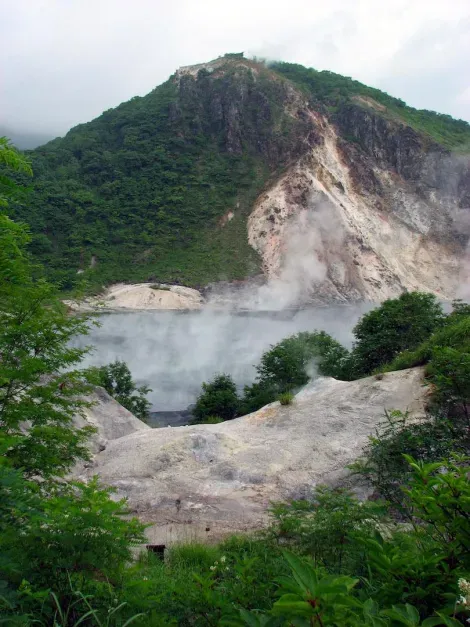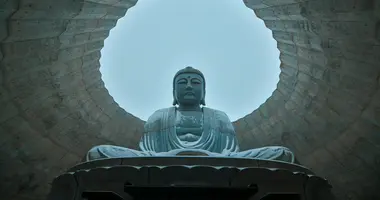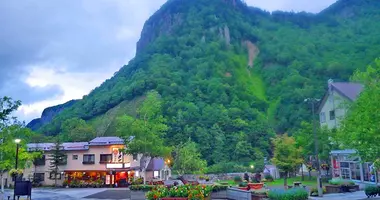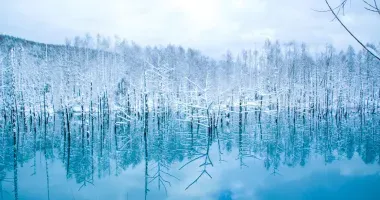Top Five excursions in greater Sapporo
- Published on : 13/08/2018
- by : C.L
- Youtube
The capital of the north
Sapporo is known for its winter: snowy landscapes and ski slopes but the city and its surroundings are beautiful during the summer!
Visiting the island of Hokkaido is not reserved for the cold season. Indeed, in winter, Japan's northernmost island offers visitors beautiful snow-covered ski slopes and an extraordinary landscape covered in a beautiful white coat. But in the summer, Hokkaido also has some marvels in store for those who come to discover it.
Read: Skiing in Japan
1 - Otaru
The path to Otaru is, in itself, a magnificent walk. Thanks to the oldest train line in Hokkaido, you will reach the city and its beautiful canals. This line runs along the shore of Ishikari Bay so that you will run along the Sea of Japan, just across from Russia.
Once you arrive in Otaru, you will discover this city dotted with canals , its hills on which old wooden houses are built. But also its warehouses and large buildings, a relic of its commercial past, are now converted into cafes and galleries.
For history lovers, a museum retraces the history of this port city. Do not hesitate to visit the town's whiskey distillery or take the cable car that will take you to the top of Mount Tengu, from where you will have a magnificent view of the region.
Finally, for the most gourmet, Otaru is also famous for its sushi, especially those with sea urchin, and its beer, which is distilled on-site Otaru Beer.
See also: Hokkaido specialties.
2 - Shikotsu-Toya National Park
This park takes its name from two lakes in the calderas of ancient volcanoes: Lake Shikotsu and Lake Toya.
A stone's throw from Sapporo, it offers a sizeable green setting with its dense forests, hiking trails, and breathtaking views of the surroundings. Something to cool off on the long summer days in the archipelago. For those who do not want to embark on a challenging hike, we recommend Mount Usu, which is very easy and crosses superb landscapes.
But the park is also rich in the onsen, especially around Lake Toya, where there are many ryokans.
Finally, be aware that fireworks are set off regularly during the summer season from May to October.
To read: 10 fireworks not to be missed in Japan.
3 - Shiraoi
In Shiraoi, it's not so much the city itself, which is very pleasant moreover worth the detour, but the reconstituted Ainu village that it shelters.
Located about 15 min on foot from JR Shiraoi station, the reconstituted village of Porotokotan allows you to learn more about the Ainoue culture. The Ainu are the original inhabitants of Hokkaido.
The Japanese government now recognizes their ethnicity, which pays them subsidies to preserve and promote the Ainu culture. A help probably too late, these aboriginal people being directly on the verge of extinction. Their count is made particularly complicated by the fact that some remain silent about their origins to avoid racism or discrimination.
4 - Noboribetsu
Welcome to the Valley of Hell. This valley, which bears its name well given the almost lunar landscape which characterizes it with its large stones and its smells of sulfur, will delight lovers of hiking.
Indeed, paths follow the Oyunuma stream and take hikers through breathtaking landscapes, very green in autumn and spring. In winter, only the trunks remain, giving even more of an exceptional character familiar to this ride. The paths also meander along fumaroles that come out of the ground before reaching the sulfurous lake of Oyunuma, formed following the volcano's eruption, where the water's temperature reaches 45 degrees on the surface when the depths peak at 130 degrees. A little further on are two geysers: Tessen-ike and Taishi Jigoku.
Do not hesitate to bring a map to the entrance of the park. Written in Japanese, it is understandable for everyone thanks to the different drawings of the paths and the various points of interest.
See: Noboribetsu

The coast of Niseko, on the island of Hokkaido
JNTO
5- Niseko
Niseko is the perfect place for those fleeing the summer heat: the temperature rarely exceeds 25 degrees in summer. A temperature much more breathable than the forty degrees can fall on the rest of the archipelago.
Sports enthusiasts will be served: hikes, mainly on the slopes of Mount Yotei, whose summit, culminating at 1,898 meters, is accessible in 4 to 6 hrs of walking.
But many trails also meander the surroundings: on foot or by bike, many walks are available to travelers. The lucky ones may even spot Ezo-Momango, a flying squirrel who has made his home exclusively on Hokkaido.
The city of Niseko's surroundings is rich in farms that produce local specialties such as asparagus, beans, and potatoes. Star of the region is grown between August and November and is the star element of Gosetsu udon, a typical noodle dish of the area.



